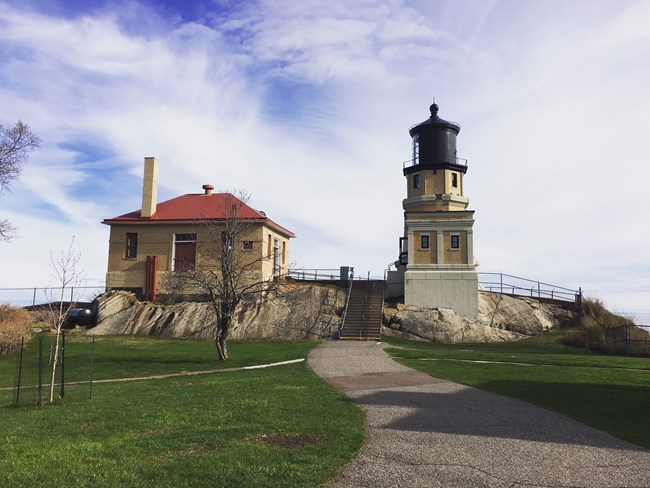
NPS Photo / Alesha Cerny
What are the Differences Between the National Register of Historic Places (NR) and the National Historic Landmarks Program?
The National Park Service oversees two Federal designation programs, the National Register of Historic Places and the National Historic Landmarks Program. The National Register is the official list of the nation’s historic properties considered worthy of preservation.
There are more than ninety thousand properties listed in the National Register. These properties tell stories that are important to a local community, the residents of a specific state, or to all Americans. Properties must possess historic integrity. The National Park Service maintains the National Register of Historic Places in conjunction with State Historic Preservation Officers, Tribal Historic Preservation Officers, and Federal Preservation Officers. As with NHLs, listing a property on the National Register of Historic Places does not change its ownership.
There are just over 2,600 properties designated as National Historic Landmarks, and they tell stories that are important to the history of the entire nation – not just local communities or states. These properties possess a high degree of historic integrity.
All properties designated as NHLs are automatically listed in the National Register of Historic Places, if not already listed.
Did You Know?
The National Register of Historic Places has 93,350 total listings, 1,824,802 total contributing resources, including buildings, sites, structures, and objects. Of those listings, 1111 were made in 2017 alone.
Last updated: May 21, 2024
